Are Crossdressers Part of the LGBTQ+ Community?
Where do crossdressers fall under the LGBTQ+ agenda? Wait — do they even fit in the community at all? It’s a valid question, one that confuses many people as well. So, I’m here to clear things up by breaking it down in simple terms, based on my own experience and research.
Yes, crossdressers can definitely be part of the LGBTQ+ community. But it’ll depend on the individual. Some crossdressers identify as gay, bi, or queer. Others just like to crossdress, nothing more. Crossdressing, by itself, is about gender exploration and expression. It doesn’t automatically indicate a specific sexual orientation. So, while some crossdressers are LGBTQ+, others may not consider themselves part of the community.
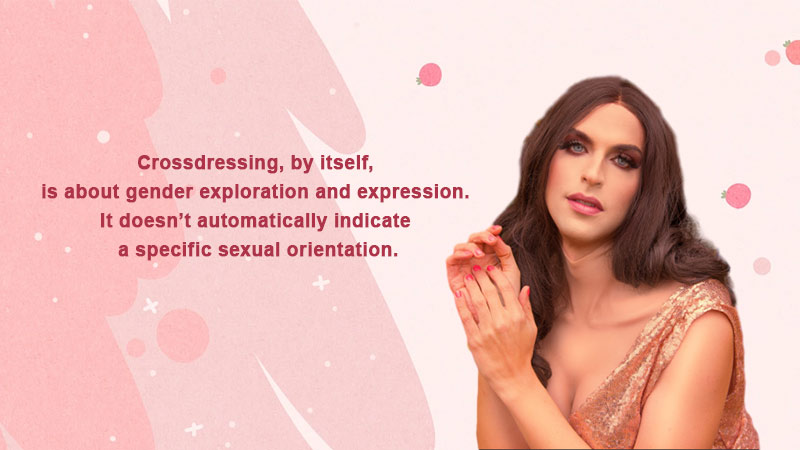
That’s just scratching the surface. To better understand where crossdressers stand in the Rainbow Community, read on!
1. Understanding Crossdressing
Many misunderstand crossdressing. But it’s actually a fascinating journey, a gateway to diverse experiences, if you will.
It’s more than just slipping into clothes that society says are for the opposite gender. It’s about self-expression and exploring different aspects of who you are.
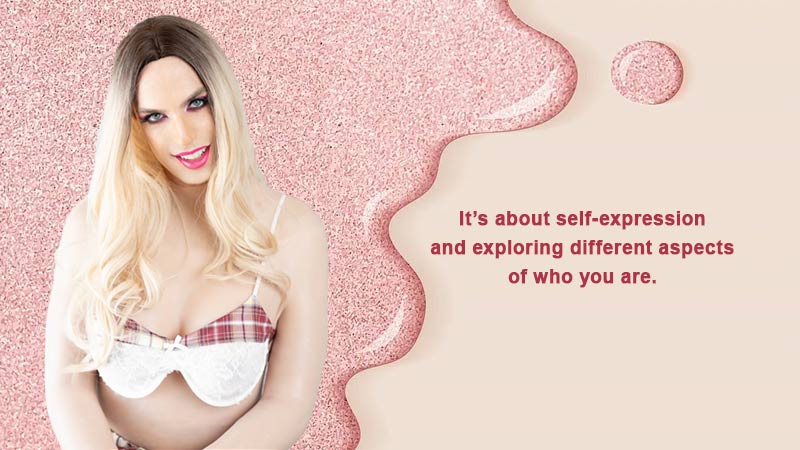
Definition of Crossdressing
Crossdressing means wearing clothing that’s traditionally associated with a gender other than the one you were assigned at birth.
Let’s say, if a man wears a dress or heels, that’s considered crossdressing. But here’s the thing — crossdressing doesn’t mean that man wants to change genders. It doesn’t even necessarily say anything about his sexuality. It just means he wants to feel more comfortable in his gender expression.
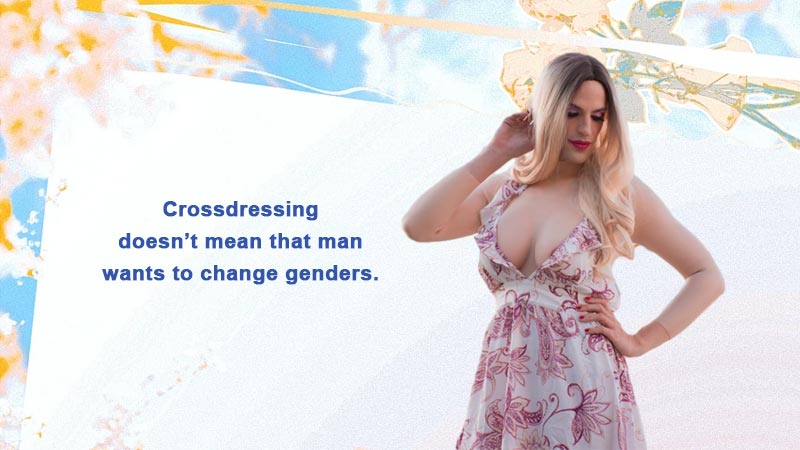
That’s why some people crossdress occasionally. Some do it regularly.
Crossdresser vs. Transvestite
In the U.S., “crossdresser” is the more common term. It’s generally seen as something neutral or even positive. The term “transvestite,” meanwhile, is more commonly used in Europe. The term carries a bit of an outdated or negative connotation for some people.
Both terms, however, usually describe the same thing — people (mostly men) dressing in clothing traditionally associated with or made for women. But that’s not to say it’s exclusive to male-to-female crossdressing. Anyone can crossdress in whatever way feels right to them.
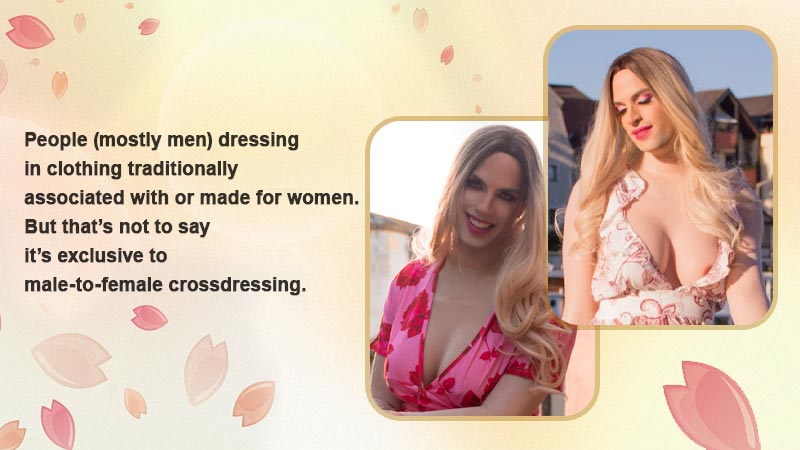
Motivations Behind Crossdressing
People crossdress for all sorts of reasons.
Some do it for self-expression or as a way to explore their gender identity.
For others, it’s just about comfort — they enjoy the feel of different fabrics or the freedom that comes from breaking gender norms. Or really, the freedom to choose whatever the hell you want to wear!
There are also those who crossdress as a form of escapism. It can be to deal with trauma or just for fun.
Whatever one’s reason may be to crossdress, it’s always crucial to understand that crossdressing doesn’t automatically reflect someone’s sexual orientation. It’s also not a prelude or sign someone wants to transition. It’s just how they want to present themselves at that moment.
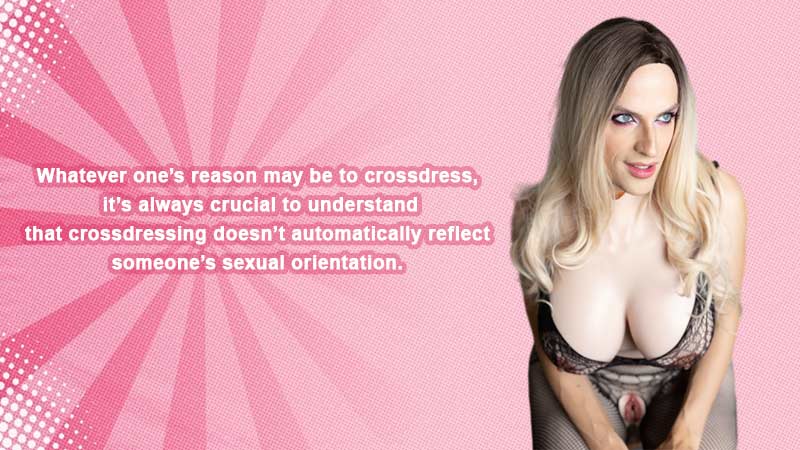
Crossdressing is a deeply personal thing. Whether it’s for expression, comfort, or just to mix things up, there’s no right or wrong reason to crossdress.
2. Exploring the LGBTQ+ Community
If you’ve ever wondered where crossdressers fit into the LGBTQ+ community, it’s important to understand what the community is all about first.
What is the LGBTQ+ Community?
The “LGBTQ+ community” is a broad umbrella term. It covers a range of identities related to both sexuality and gender. It’s not just one thing — it’s a spectrum.
LGBTQ+ stands for Lesbian, Gay, Bisexual, Transgender, and Queer or Questioning. The “+” includes other identities like Intersex, Asexual, and more.
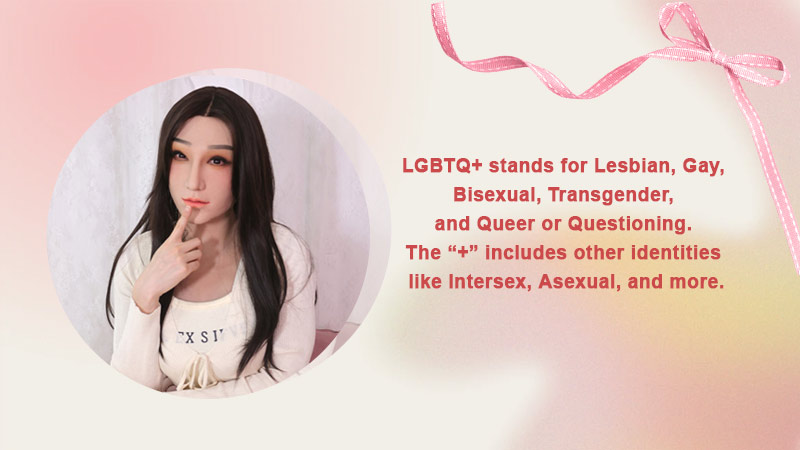
Why are there so many? Well, everyone’s experience is unique. We can’t just dismiss that! Some people identify with one label. Others might use several or none at all.
The beauty of this community is that it’s flexible. It allows for a lot of personal expression. That’s really something to admire, isn’t it?
Core Values of the LGBTQ+ Community
The community underlines diversity and acceptance. It’s built on the idea that no matter who you are or how you identify, there’s a place for you.
Another core value is equality. Whether you’re fighting for marriage rights, healthcare access, or just the right to live authentically, the community rallies behind you.
The community displays its solidarity and support wherever and whenever it can. Just look at social media, where many LGBTQ+ creators are thriving. It’s a group where anyone can truly be their real selves.
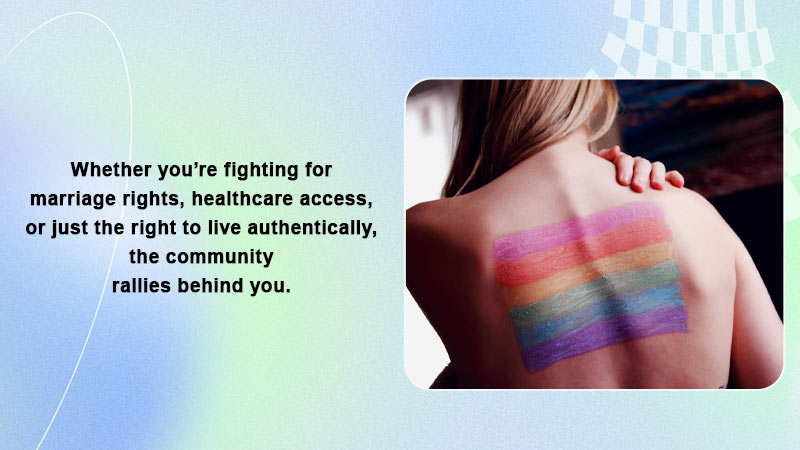
Being part of the LGBTQ+ community means valuing inclusion and respect.
3. Are Crossdressers Part of the LGBTQ+ Community
Honestly, this is a question I’ve asked myself plenty of times too. It’s one that comes up a lot in discussions about identity.
From what I’ve learned, there isn’t a simple “yes” or “no” answer. It really depends on who you ask and how you look at it. Crossdressing can be part of the LGBTQ+ experience for some, but not necessarily for everyone.
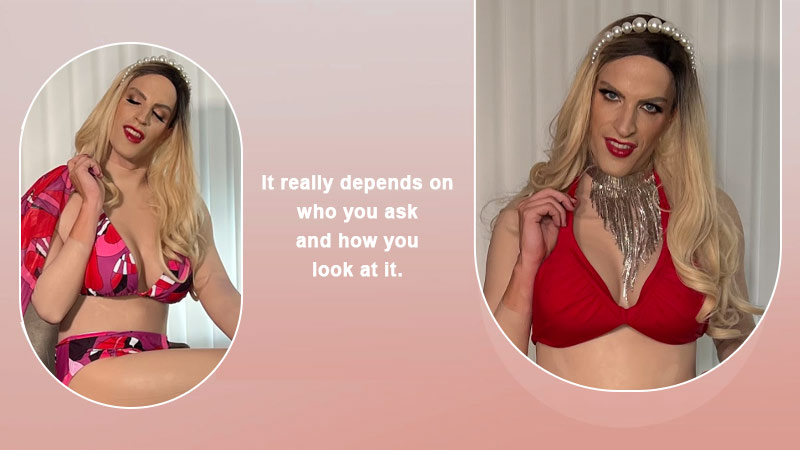
Perspectives Within the Community
A lot of people see crossdressing as a form of gender expression. This notion aligns with the values of the LGBTQ+ community.
Plus, it’s not new news to say that many crossdressers face the same kinds of stigma and discrimination as LGBTQ+ individuals. They’re judged for how they present themselves. They’re mocked ‘cause they don’t fit into traditional gender roles. Etcetera.
Crossdressing is tied to exploration of gender identity. This too, definitely fits within the broader LGBTQ+ umbrella. The idea of expressing yourself freely, whether through clothing or other means, is very much in line with what the community stands for.
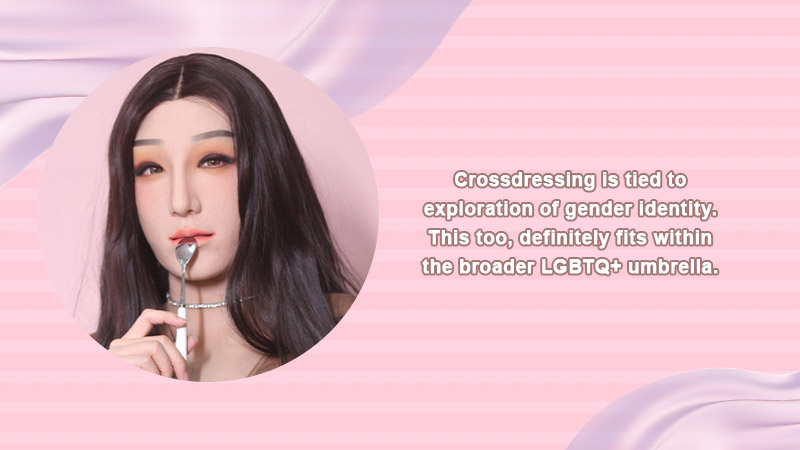
Challenges to Inclusion
There’s still a debate about whether crossdressers should always be considered part of the LGBTQ+ spectrum. This debate is still ongoing, as there are crossdressers who identify as cisgender and heterosexual.
There are conversations where people argue that if someone is straight and only crossdresses for fun or self-expression, they might not see themselves as part of the LGBTQ+ community. The community is often defined by sexual orientation and gender identity. Crossdressing doesn’t always fit those specific categories.
It’s a tricky issue because, while crossdressing challenges gender norms, it doesn’t necessarily mean someone is questioning their gender or sexuality.
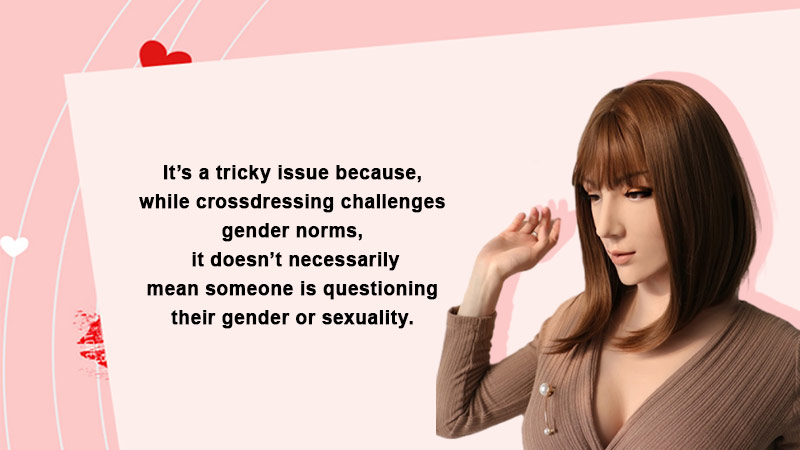
Reasons for Inclusion
On the flip side, some (those who believe crossdressing absolutely belongs within the LGBTQ+ space) counter this exclusion. They argue that crossdressing pushes back against traditional gender norms — a huge part of what the LGBTQ+ community advocates for.
In my opinion, the LGBTQ+ community’s focus on inclusivity and breaking down barriers around gender and identity makes a strong case for including crossdressers.
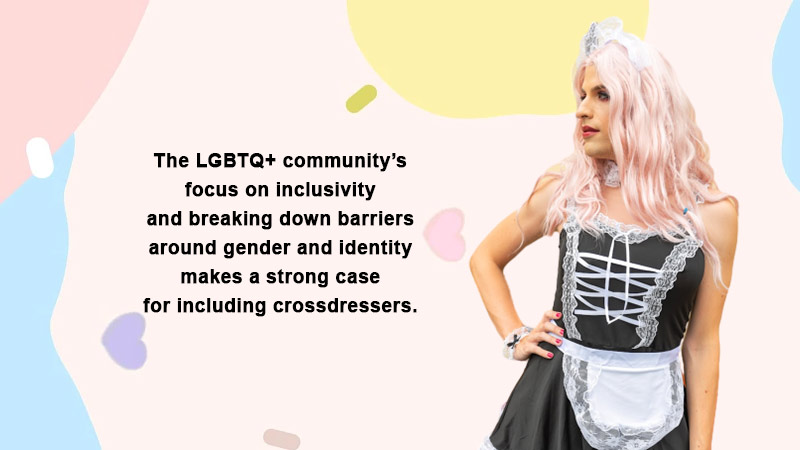
It’s about accepting people for who they are and how they choose to express themselves, right? It shouldn’t be an argument whether or not that fits into a specific box.
So, while it’s not always straightforward, there’s definitely room for crossdressers within the LGBTQ+ community.
4. Experiences and Challenges Crossdressers Face in the LGBTQ+ Community
Experiences of crossdressers within the LGBTQ+ community can be both rewarding and tough.
Acceptance and Belonging
Many crossdressers find acceptance within LGBTQ+ spaces. One can find this especially in groups that focus on gender diversity.
There are also places where the community values freedom of expression — like drag shows or LGBTQ+ support groups. These offer crossdressers a sense of belonging.
These spaces tend to be open to the idea that gender is fluid and personal. A perfect description of what resonates with crossdressers exploring how they present themselves.
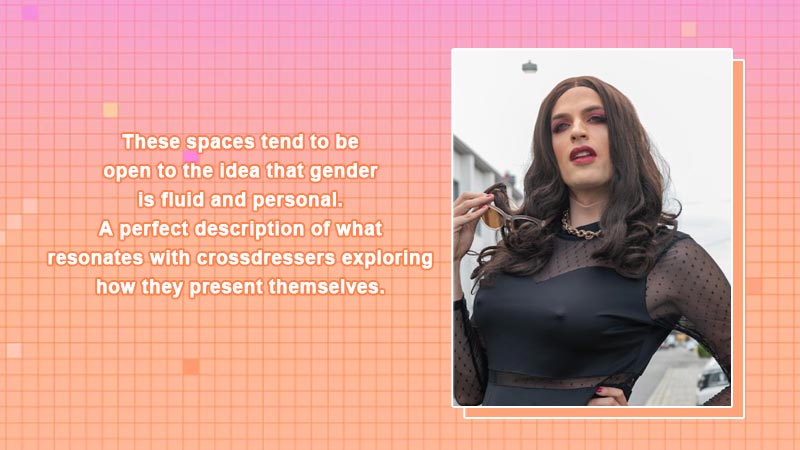
Stigma and Misconceptions
Even within the LGBTQ+ community, crossdressers sometimes face stigma. There is also lots of room for misunderstandings.
This happens ‘cause there are people who’ve experienced confusion with transgender identities. Others mistakenly think that crossdressing is about wanting to transition.
Others think crossdressing says something about their sexuality. This can lead to frustrating situations where crossdressers feel like they don’t fully belong in certain LGBTQ+ spaces.
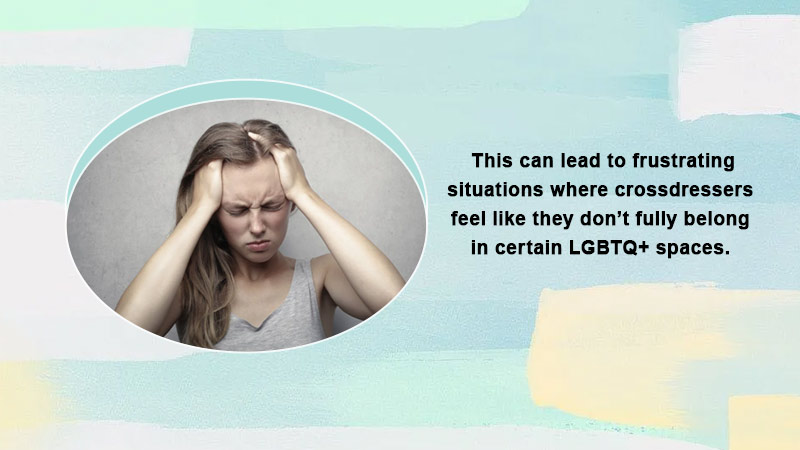
It’s tough. Everyone’s experience is different, after all. These assumptions about gender expression can create unnecessary barriers.
Support Systems
Luckily, there are plenty of resources within the LGBTQ+ community that can help crossdressers feel supported.
There are support groups that specifically focus on gender expression. They’re a great place to connect with others who get it.
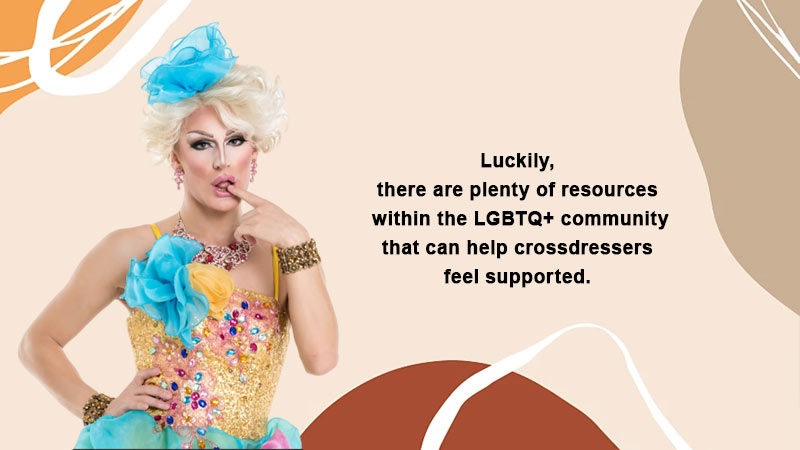
Counseling services, both in person and online, are also available and can provide a safe space to explore identity.
There are also online forums where crossdressers share their experiences and advice. It’s always encouraging to see how much people support each other in these communities.
While it’s not always easy, the LGBTQ+ community does offer spaces and support for crossdressers. It’s all about finding the right fit and surrounding yourself with people who accept and celebrate who you are.
5. Benefits of Crossdresser Inclusion in the LGBTQ+ Community
I’ve always believed that the LGBTQ+ community is at its best when it’s as inclusive as possible. Including crossdressers in this space isn’t just about making room for more people — it’s about strengthening the community as a whole.
Promoting Diversity and Inclusivity
Crossdressers expand the community’s understanding of gender diversity. They show us that gender isn’t a rigid thing. It’s something that can be played with and expressed in different ways.
By including crossdressers, the LGBTQ+ community becomes a space where all forms of gender expression are celebrated, not just the more commonly recognized ones. This, in turn, helps people rethink what it means to be male, female, or somewhere in between.
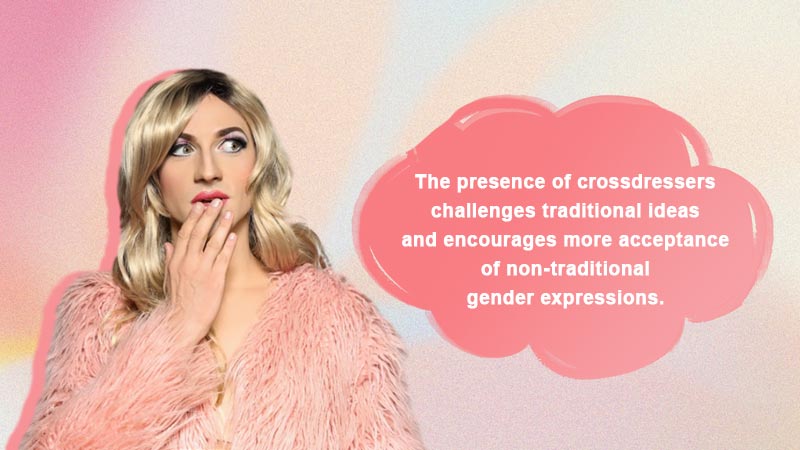
The presence of crossdressers challenges traditional ideas and encourages more acceptance of non-traditional gender expressions.
Building a More Supportive Environment
The more inclusive the community, the stronger the support system. When crossdressers are welcomed into LGBTQ+ spaces, it creates a more affirming and supportive environment. This isn’t just for them either. It’s also for all gender-nonconforming individuals.
It’s a two-way street: crossdressers benefit from the resources and acceptance offered by the LGBTQ+ community. In turn, their presence enriches the community’s culture of openness.
It’s about creating a space where everyone — regardless of how they express their gender — feels safe, supported, and celebrated. That kind of mutual support makes the whole community stronger.
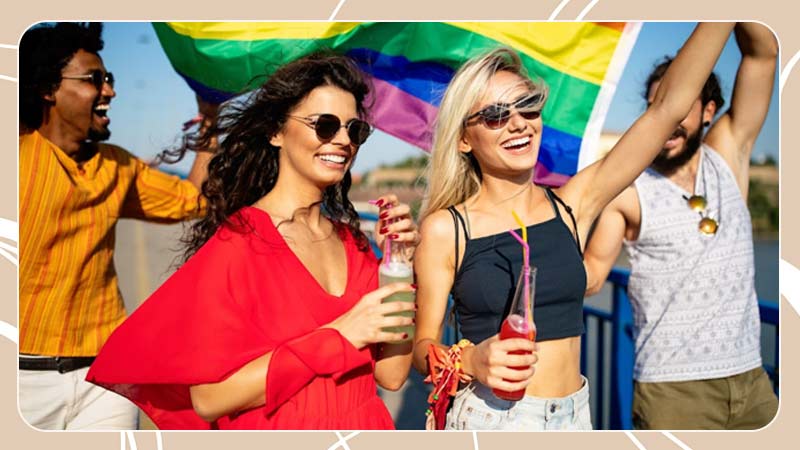
I fully believe that including crossdressers is a win-win for everyone. It brings in more voices, more perspectives, and more understanding. This only makes the LGBTQ+ community a better place for all.
6. How Allies and the LGBTQ+ Community Can Support Crossdressers
Crossdressers deserve the same level of support and inclusion as anyone else in the LGBTQ+ community. Unfortunately, this doesn’t always happen.
But there’s hope. There is a lot that allies and the community itself can do to make things better.
Advocating for Crossdresser Inclusion
One of the most important things we can do is actively advocate for crossdressers to be included in LGBTQ+ spaces. It’s not enough to just be passive. We need to make sure crossdressers have a seat at the table.
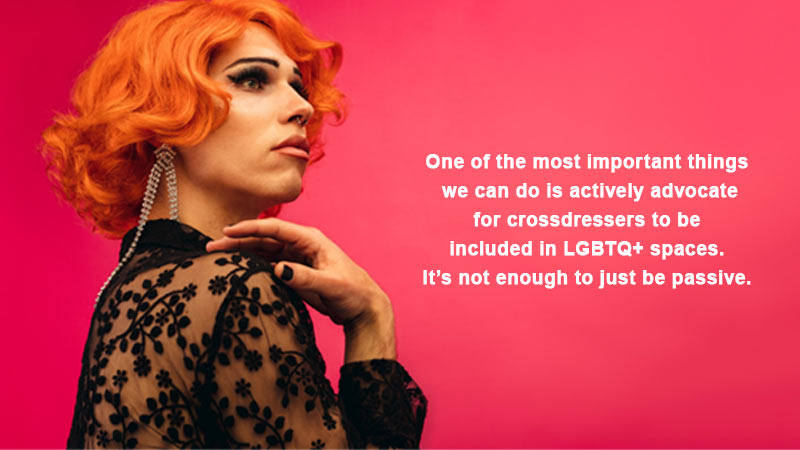
This means speaking up for their rights. It’s making sure they’re represented in LGBTQ+ media. It’s pushing for their visibility in community events.
When crossdressers feel seen and heard, it helps them feel like they truly belong. Advocacy is key to making that happen.
Educating on Crossdressing
A big part of supporting crossdressers is simply understanding them. There are so many misconceptions out there about what crossdressing is and isn’t. That misinformation can lead to stigma.
When people educate themselves, they’re way more accepting. Allies in the LGBTQ+ community can help by learning more about it, from its crossdressing history to the many reasons people do it.
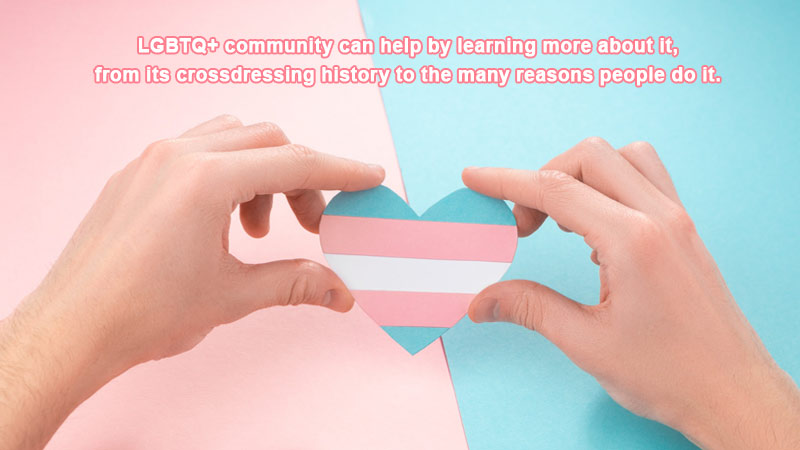
This education can break down barriers and create more empathy. Empathy — now that’s something we could all use more of.
Creating Safe Spaces
Finally, we need to make sure that LGBTQ+ spaces are safe and welcoming for crossdressers. Whether it’s a pride event, a support group, or even just a social gathering, these places should feel inclusive.
Lack of inclusivity can push crossdressers away. That’s the opposite of what we want! Allies can help by ensuring that crossdressers feel comfy attending these events and that their identities are respected.
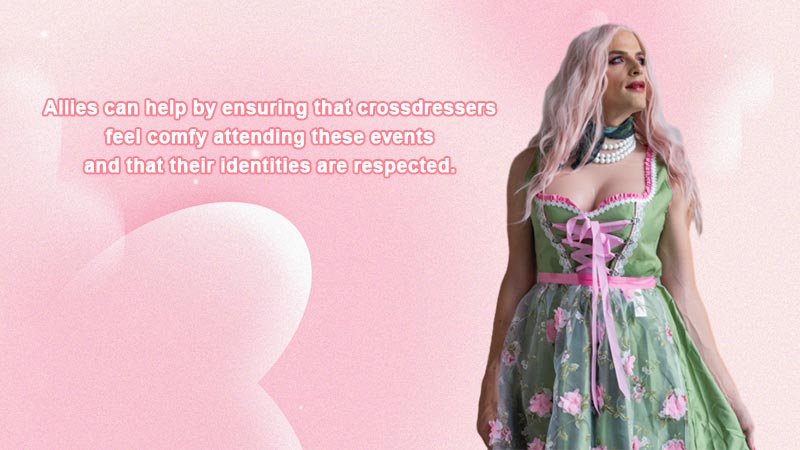
Simple things like inclusive language and making space for diverse expressions of gender go a long way!
Conclusion
Though there’s not a definite rule and opinions vary, crossdressers can argue that they have a rightful place in the LGBTQ+ community. In the end, everyone has a right to feel supported and included.
By advocating for their representation, educating ourselves, and creating welcoming spaces, we can make sure that crossdressers feel just as valued as anyone else.
Accepting diversity strengthens the Rainbow Gang and brings us all closer together. So, let’s do our part! Speak up, learn more, and show up with an open mind. Together, we can make the LGBTQ+ community a space where everyone, including crossdressers, feels at home.
- What I Wish Someone Told Me About HRT: The Beautiful & Messy Truth About Transitioning
- Crossdressing & Sissy Captions: Fantasies and Aspirations Distilled
- The Journey of Confidence: From Self-Doubt to Self-Love Through Crossdressing
- What to Expect for Your First Time Going Out as a Sissy in Public?
- Breaking Gender Norms: Why Gender Expression Is a Playground, Not a Cage
- Why 2025 Is the Best Time to Start Crossdressing and Express Your True Self
Established in 2009, We are a recognized manufacturer and seller of professional crossdressing products.
It is our aim to become not just the most creative manufacturer but also a very considerate seller, as we provide the best quality products for crossdressers all around the world.







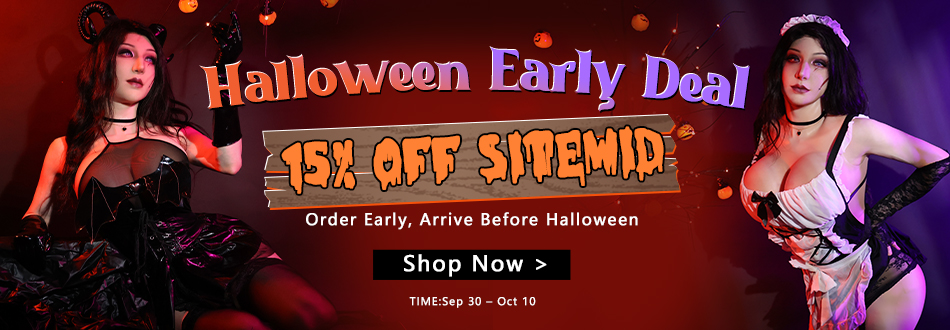


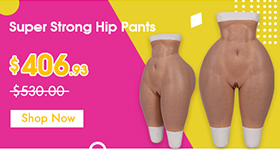

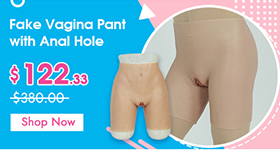

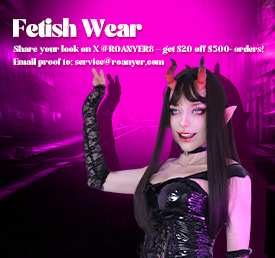
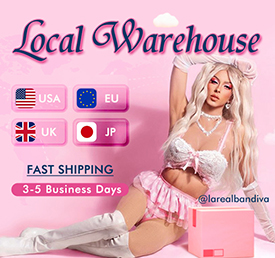

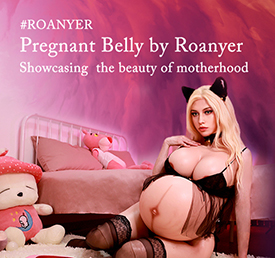

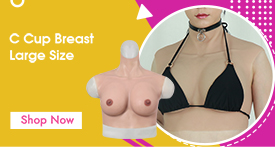
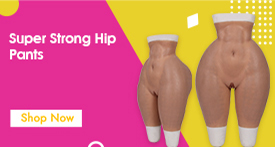
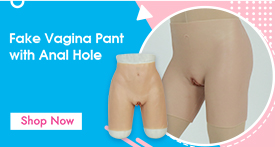

 Breast Forms
Breast Forms  Body Suit
Body Suit  Realistic Mask
Realistic Mask  Femini Girdle
Femini Girdle Hip & Butt Enhancement (8)
Hip & Butt Enhancement (8) Penis Prosthesis
Penis Prosthesis Fake Muscle
Fake Muscle Bikini
Bikini  Wig
Wig  Corsets
Corsets Course
Course service@roanyer.com
service@roanyer.com +8618652200711
+8618652200711 Facebook
Facebook YouTube
YouTube Twitter
Twitter Instagram
Instagram




